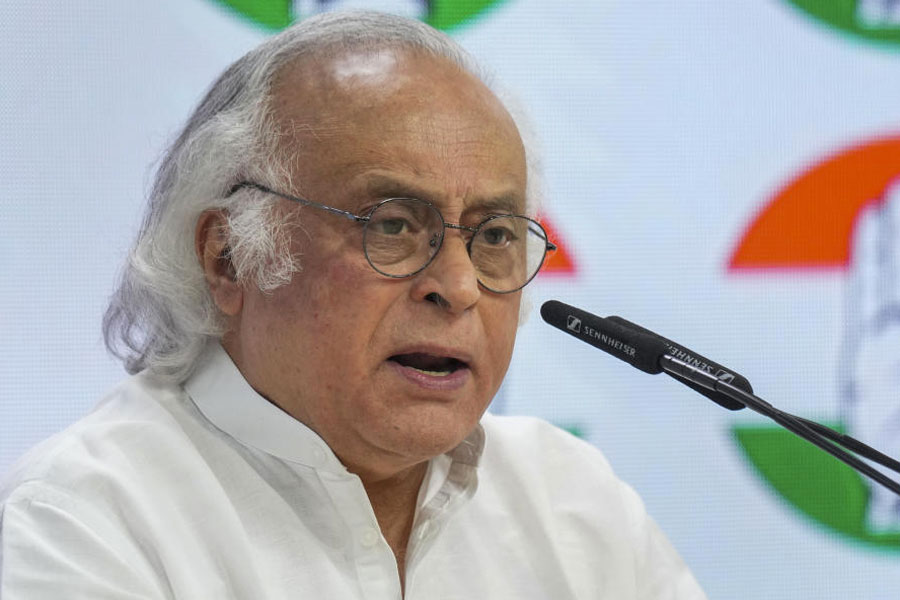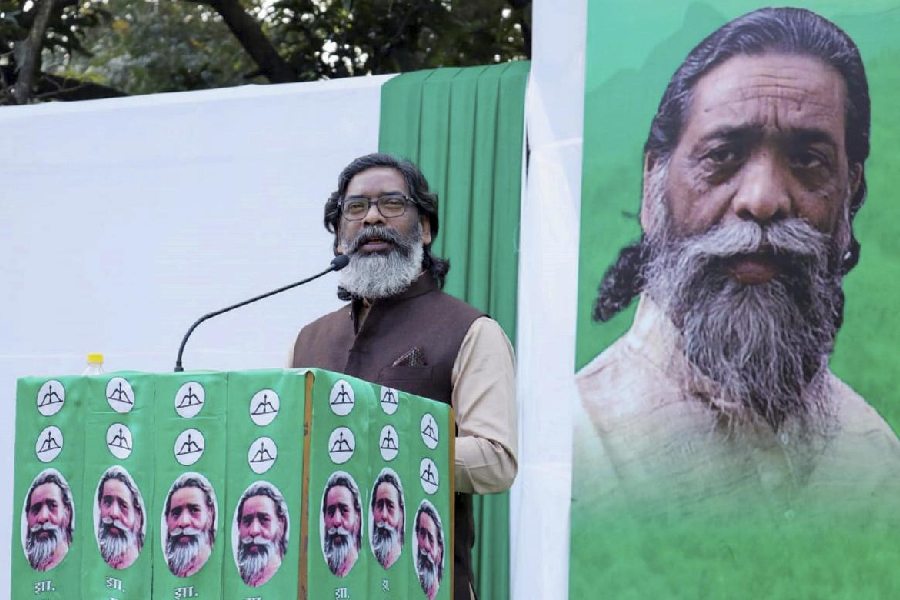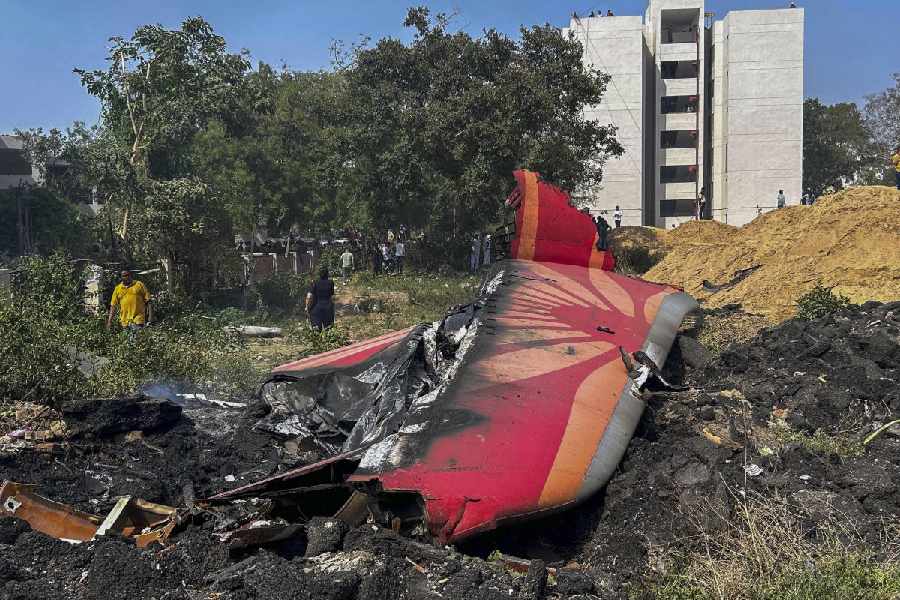 |
| Marshy yet useful |
Putting waste to good use seems to be the latest mantra of a state government looking for land to set up industries in.
The science and technology department, in collaboration with industries department, has started mapping wasteland across the state. The Bihar Council on Science and Technology (BCST), a wing of the science and technology department, is executing it.
KRP Singh, senior resource scientist at BCST, said: “Work on mapping wasteland began two months ago. So far, we have identified 4 lakh hectares (a hectare equals 10,000sqm) of wasteland in a state where around 93,600sqm of land is available. However, a lot of work is yet to be done. We would submit a report to the industries department after six months. The project would definitely help search suitable locations for setting up industries. The objective is to search waste and fallow land for industries, ensuring that agricultural land is utilised less.”
Dipa Sinha, a resource scientist at BCST, also working on the project with Singh, said around Rs 30 lakh would be invested in the project.
“The project is being executed with the help of satellite linear image self scanning sensor (LISS-III), whose resolution is very good. The satellite images would be taken in the three crop seasons — kharif, rabi and garma.”
Hailing the initiative, Bihar Industries Association president Arun Agrawal said: “This is a welcome step. Without land, nothing concrete is going to happen regarding setting up of industries. The state government needs to create a land bank so as to offer entrepreneurs plots to set up industries. By mapping the waste land of the state, the government would, in a way, speed up the industrialisation process, which is good.”
Sources said unavailability of land has cost the state government heavily. Last year, the ministry of commerce and industry shelved a Rs 25-crore textile park project because it could not provide 25 acres in Bhagalpur district, around 200km from here.
Under the ministry’s industrial infrastructure upgradation scheme (IIUS), the textile park was to be developed in the Industrial Growth Centre (IGC), Kahalgaon, which has seen a series of protests by farmers, whose land had been acquired by Bihar Industrial Area Development Authority (Biada).
Sources said the mega food park project, shifted to Banka last year, was to come up in the IGC. However, the textile park project is more important than the food park as it’s a centrally sponsored project with the state being an equity partner. According to the IIUS, the ministry provides 70 per cent of the project funds, while the state had to provide land.
In 2010, the ministry awarded the project to Bhagalpur Handloom Infrastructure Development. In 2010, the state government allotted 25 acres in Kahalgaon to the organisation concerned but they never got possession because of various reasons, mainly protests.
Sources said the handloom cluster was sanctioned in October, 2010. The Centre granted Rs 15.69 crore of the Rs 20.82-crore project. In December 2011, the ministry also released Rs 1.56 crore as first instalment of the grant.
Even some national institutes in Bihar are feeling the pinch of land crunch.
Sources said the government has not been able to clear the land problems for National Institute of Technology, Patna, in the past 10 years. NIT came to Bihar in 2004 and is since functioning out of a temporary campus on Ashok Rajpath. The state government provided NIT 100 acres in Bihta but NIT has not been able to start construction. The land belongs to the building construction department and NIT paid them advance money too. But the landowners there started to protest and the project got into a legal tangle.
Whenever a national institute is given to any state, it is the government’s responsibility to provide land. First, the state government can acquire land through Bihar Industrial Area Development Authority. But this is unlikely. At present, Biada has very little land and the process of fresh allotment to industries has been stopped for almost a year.










